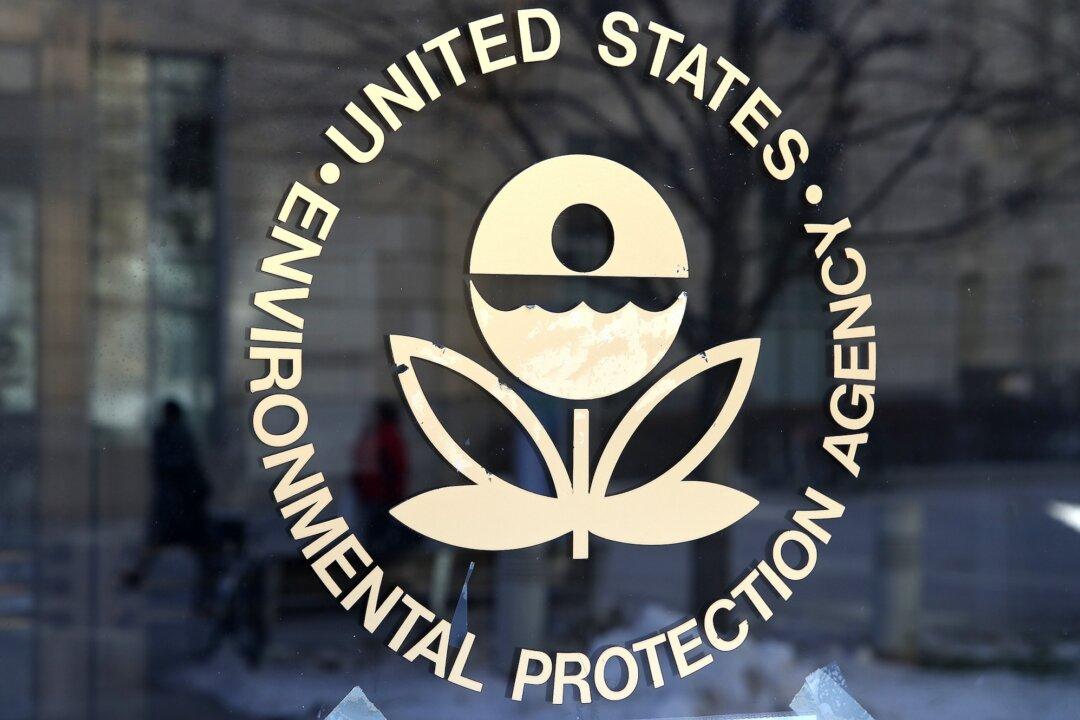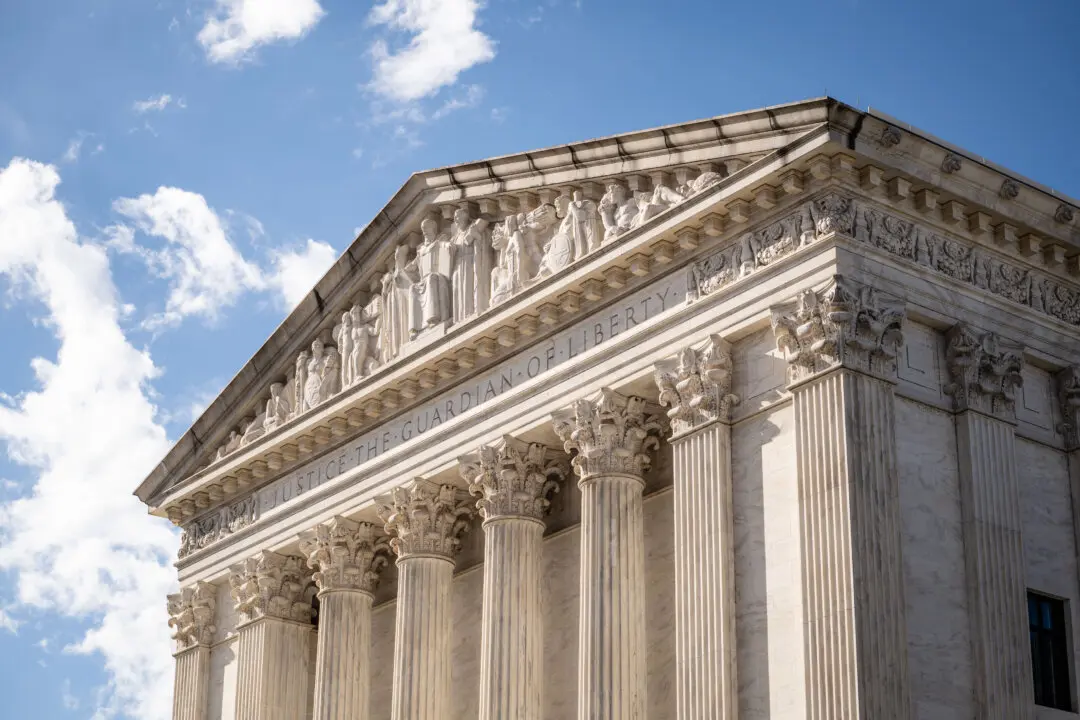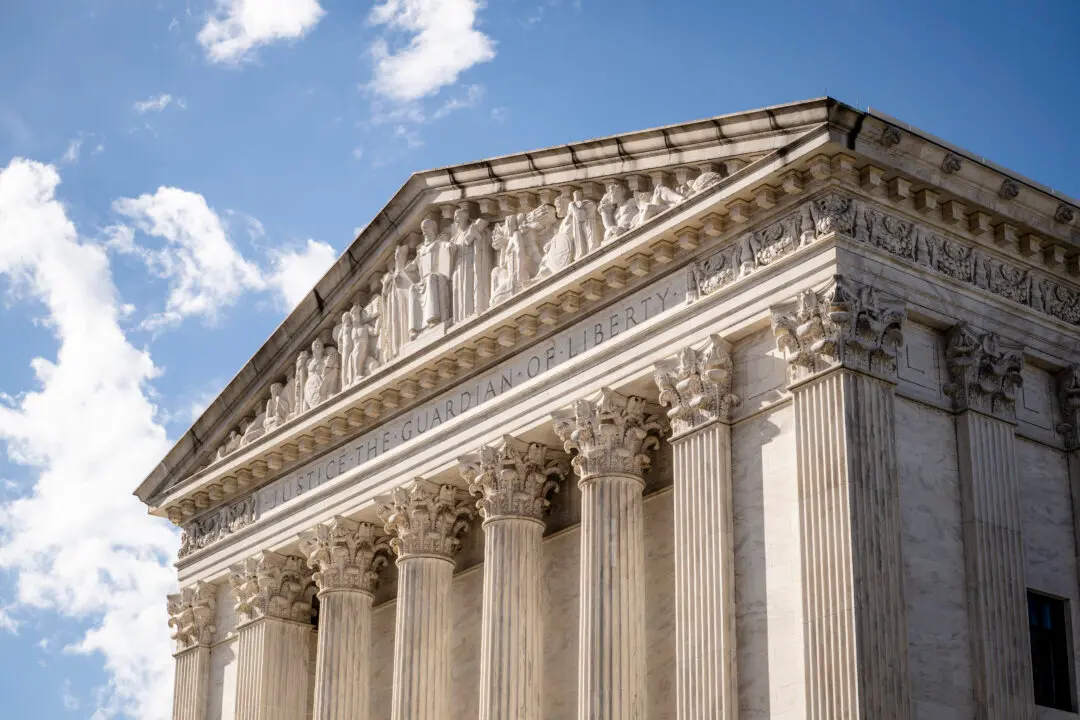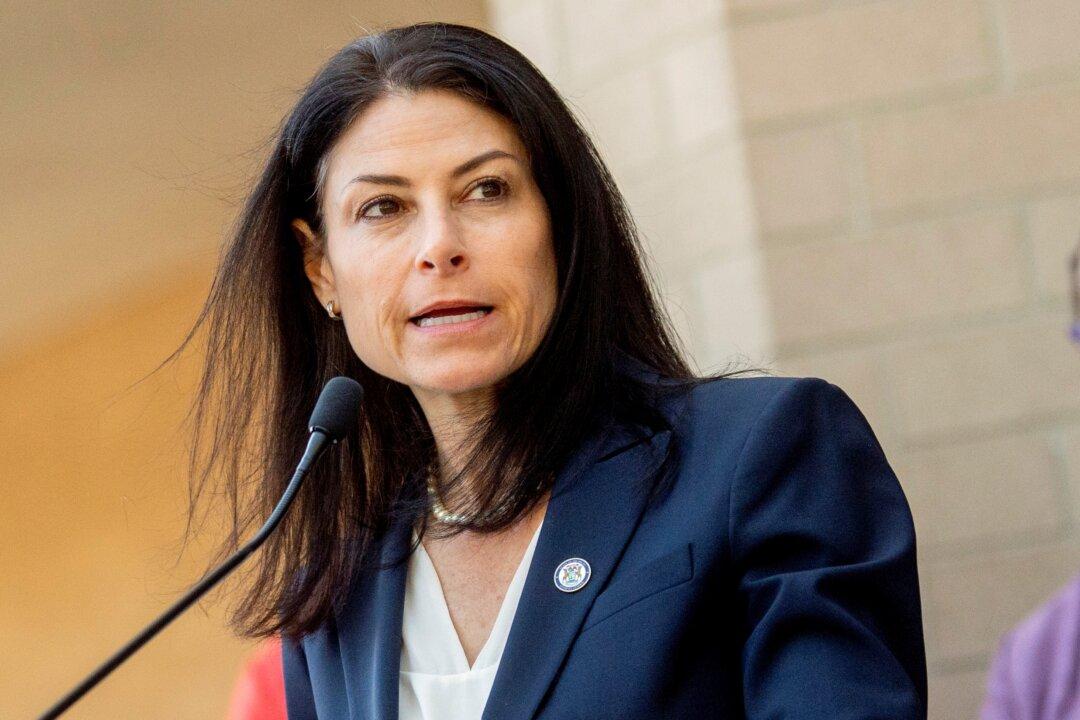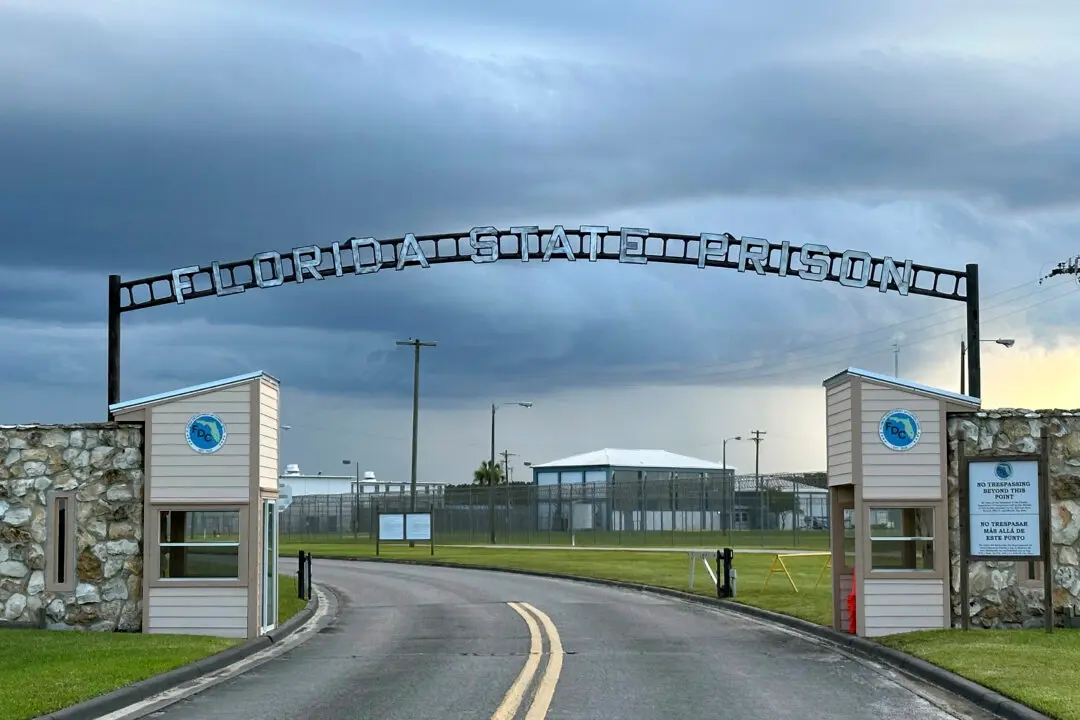The Supreme Court agreed on Dec. 20 to fast-track a challenge by Republican-led states and the energy industry to the U.S. Environmental Protection Agency’s (EPA) “good neighbor” rule that would crack down on states whose industries are said to be contributing to smog.
The court declined to block the regulation but stated in an unsigned order that oral arguments will be heard in the case in February 2024. The specific date hasn’t yet been determined.
